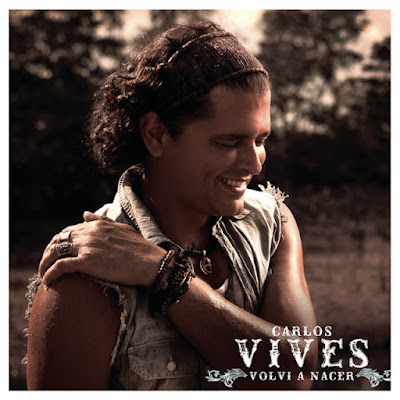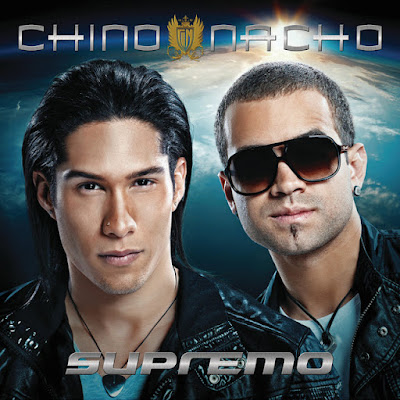28th September, 2013
"It feels good to be king," mutters Romeo Santo during a typically florid instrumental break. The not-quite Mel Brooks quotation feels entirely sincere, and only proved more so as the song soared to a global success that not even the streaming chart could really capture. It was only #1 on the Hot Latin chart for a total of four weeks in late 2013 and early 2014, but it is currently the second most-lucrative Latin song of the 2010s, behind only a certain 2017 smash. A lot of its enormous success was cumulative, though: the YouTube video reached a billion views in 2016, and although Romeo had had enormous success for a good decade prior, both with Aventura and as a soloist, it has become perhaps his definitive song for an audience that was still in elementary school when Aventura was breaking records.
The title is a direct translation of the English phrase "indecent proposal," and the lyrics live up to that steamy suggestion. Santos' lyrics have always been aimed at an adult audience, but he strips away some of his literary floweriness here in order to make a nakedly sexual advance, asking permission to seduce the listener in his car, raise her skirt, and "medir tu sensatez" (measure your sensitivity). His usual florid bachata guitar and percussion are joined occasionally by a delirious tango bandoneón, coloring the romantic Latin musical present with perhaps the ultimate avatar of the romantic Latin musical past, and placing himself firmly in the lineage of such towering Latin lovers as Carlos Gardel (and, from earlier in this travelogue, Luis Miguel).
I'm not sure that self-assignment is wholly convincing: he's a little too glib, a little too confident in his own inability to do wrong, to reach those heights, and this song, while gorgeous, isn't as affecting as much of his back catalog. Granted, I'm not in the best position to judge the effectiveness of an allosexual come-on to a heterosexual woman; but to my mind, Romeo has always been more seductive in songs where he is less certain of his chances. Those days are gone forever, though: Romeo Santos is now an institution too big to fail, with the sophomore album this was the lead single of, Formula Vol. 2, carefully engineered to do exactly twice the business of his solo debut, itself already a global smash with numrous #1s.
Still, his transition into becoming an institution means he's that much less of a pop star, and no longer needs to be down in the muck throwing elbows to fight for chart position. This is not quite our last glimpse of Romeo Santos -- although his final #1 (as of this writing) will probably be more about his duet partner than him -- but the necessity of managing his stardom portfolio will increasingly overshadow his artistic efforts. His albums still go reliably multiplatinum, but from here on out they're a smaller and smaller part of the Romeo Santos brand.
Airplay Watch:
- Carlos Vives, "Bailar Contigo"
- A joyous rock 'n' vallenato singalong straight out of Vives' middle-aged comfort zone.
- Romeo Santos, "Propuesta Indecente"
- Discussed above.
- Yandel, "Hablé de Tí"
- Wisin notched a solo Airplay #1 last time, so now it's Yandel's turn: a rubbery dance song with his usual AutoTune-heavy crooning and some millennial whoops to peg it firmly to the mid-2010s. Frank Gehry's Walt Disney Concert Hall dominates the video, lending it a more futuristic air than the music strictly earns.

















.jpg)

